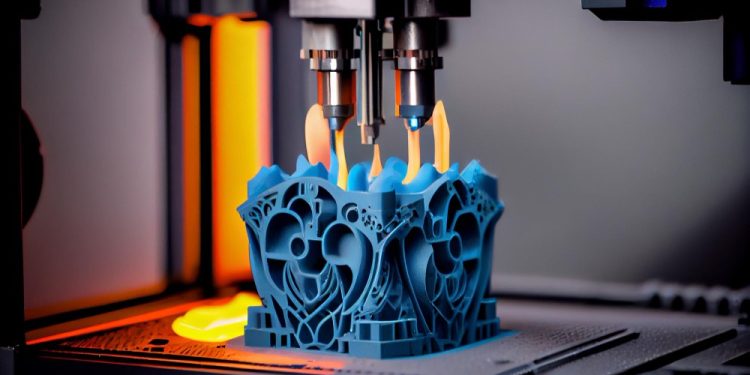Introduction:
In today’s rapidly evolving manufacturing landscape, Computer Numerical Control (CNC) machines play a pivotal role in creating intricate and precise parts across various industries. The demand for increased productivity, shorter production cycles, and reduced errors has led to the integration of Artificial Intelligence (AI) in CNC communication. This innovative union promises to transform traditional manufacturing processes into intelligent, automated, and more efficient operations. In this blog post, we will explore the intersection of CNC communication and AI, delving into its benefits and how it’s reshaping the manufacturing landscape.
Step 1: Answering Crucial Questions
What is CNC Communication?
CNC Communication involves the exchange of data and instructions between the CNC machine and the computer controlling it. Traditionally, CNC machines relied on G-codes, M-codes, and manual programming, which had limitations in complexity and efficiency. With AI integration, CNC machines can now interpret complex instructions and optimize toolpaths dynamically, leading to improved accuracy and reduced waste.
How Does AI Enhance CNC Communication?
AI introduces machine learning algorithms and neural networks into CNC communication, enabling machines to learn from past experiences and make real-time decisions. This allows the CNC machines to adapt to varying conditions, self-optimize tool paths, and minimize downtime for adjustments. The result is increased productivity, decreased lead times, and enhanced overall efficiency.
What Are the Benefits of AI-Driven CNC Communication?
a. Enhanced Precision: AI algorithms can analyze and adjust machining parameters on the fly, ensuring superior accuracy in part manufacturing. This minimizes human errors and reduces the need for manual intervention.
b. Reduced Production Costs: By optimizing tool paths and minimizing material wastage, AI-driven CNC communication leads to cost-effective manufacturing processes.
c. Faster Production Cycles: AI’s ability to quickly analyze data and make decisions accelerates production cycles, leading to shorter lead times and increased production output.
d. Predictive Maintenance: AI can monitor CNC machine performance, predicting maintenance requirements, and preventing unexpected breakdowns, thereby reducing downtime and maintenance costs.
e. Continuous Improvement: AI continuously learns from its interactions, making CNC machines smarter over time. This leads to ongoing process improvement and increased manufacturing quality.
Step 2: Hyperlinked Articles
For more insights into the fusion of AI and CNC communication, check out this comprehensive article: CNC communication
Step 3: Conclusion
In conclusion, the integration of AI into CNC communication is revolutionizing the manufacturing industry. By leveraging AI’s capabilities, CNC machines can now operate with unprecedented efficiency, precision, and intelligence. The benefits of this amalgamation are manifold, including enhanced precision, reduced production costs, faster production cycles, predictive maintenance, and continuous improvement. As AI continues to advance, the future of CNC communication promises even more exciting possibilities, driving the manufacturing industry towards greater heights of productivity and innovation. Embracing this transformative technology is not merely an option but a necessity for businesses striving to stay ahead in a fiercely competitive world.





